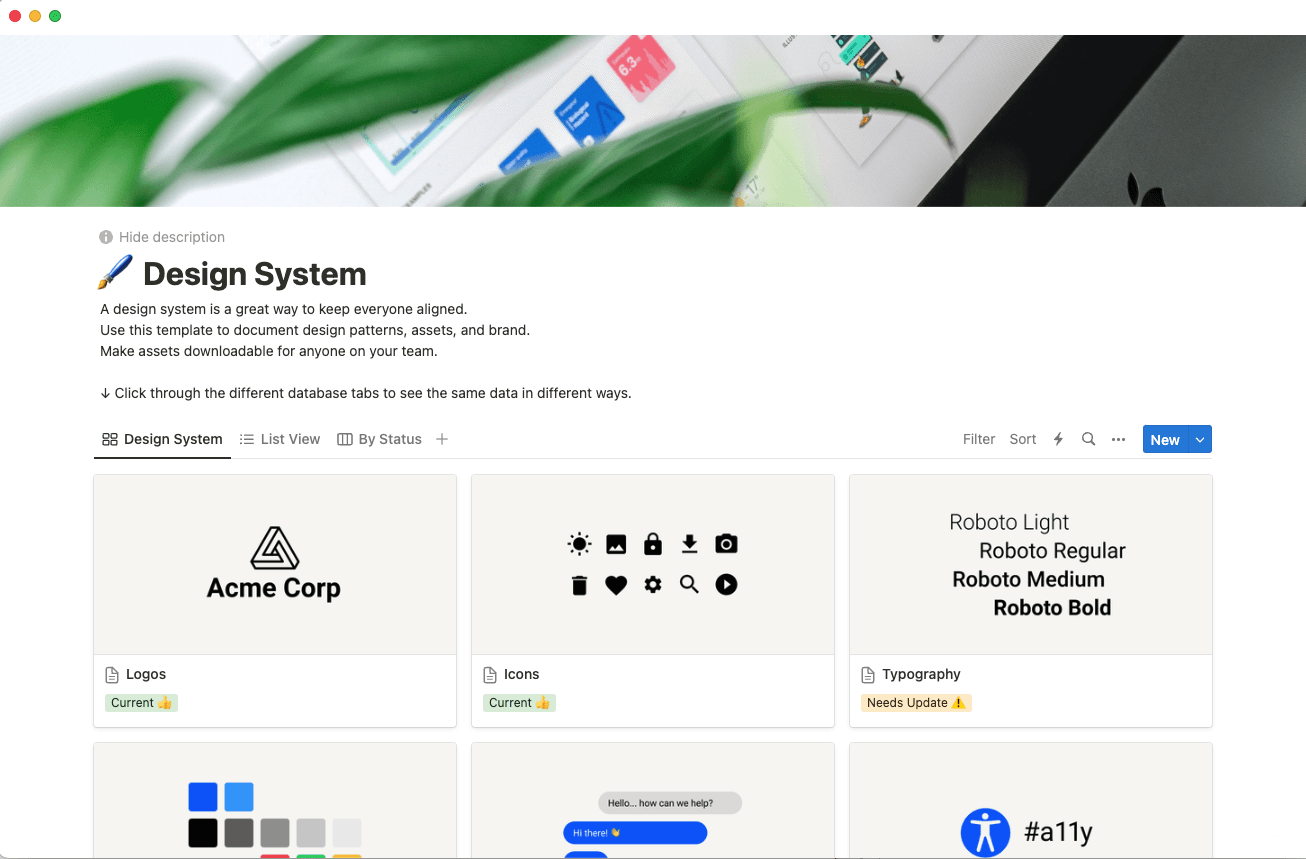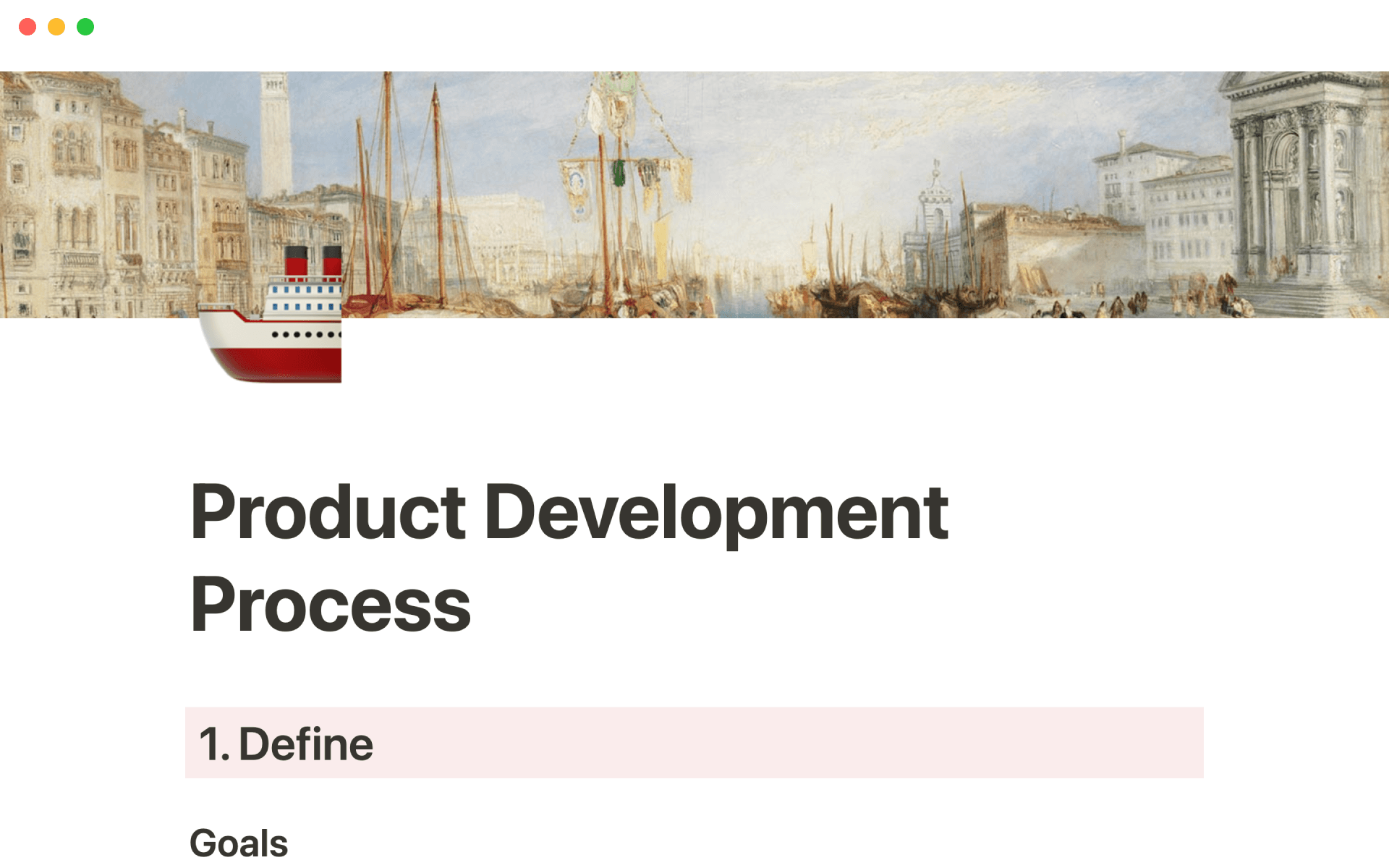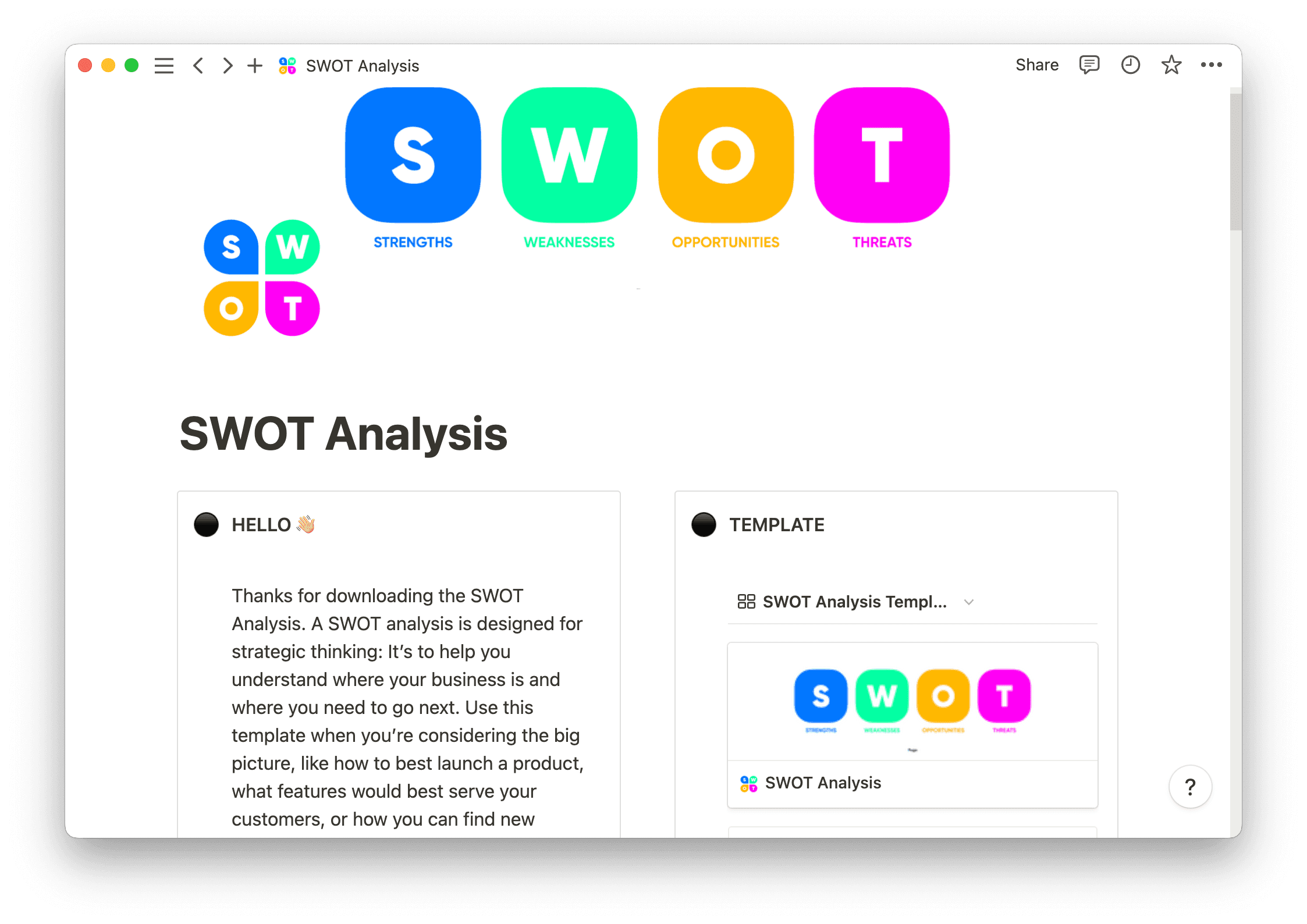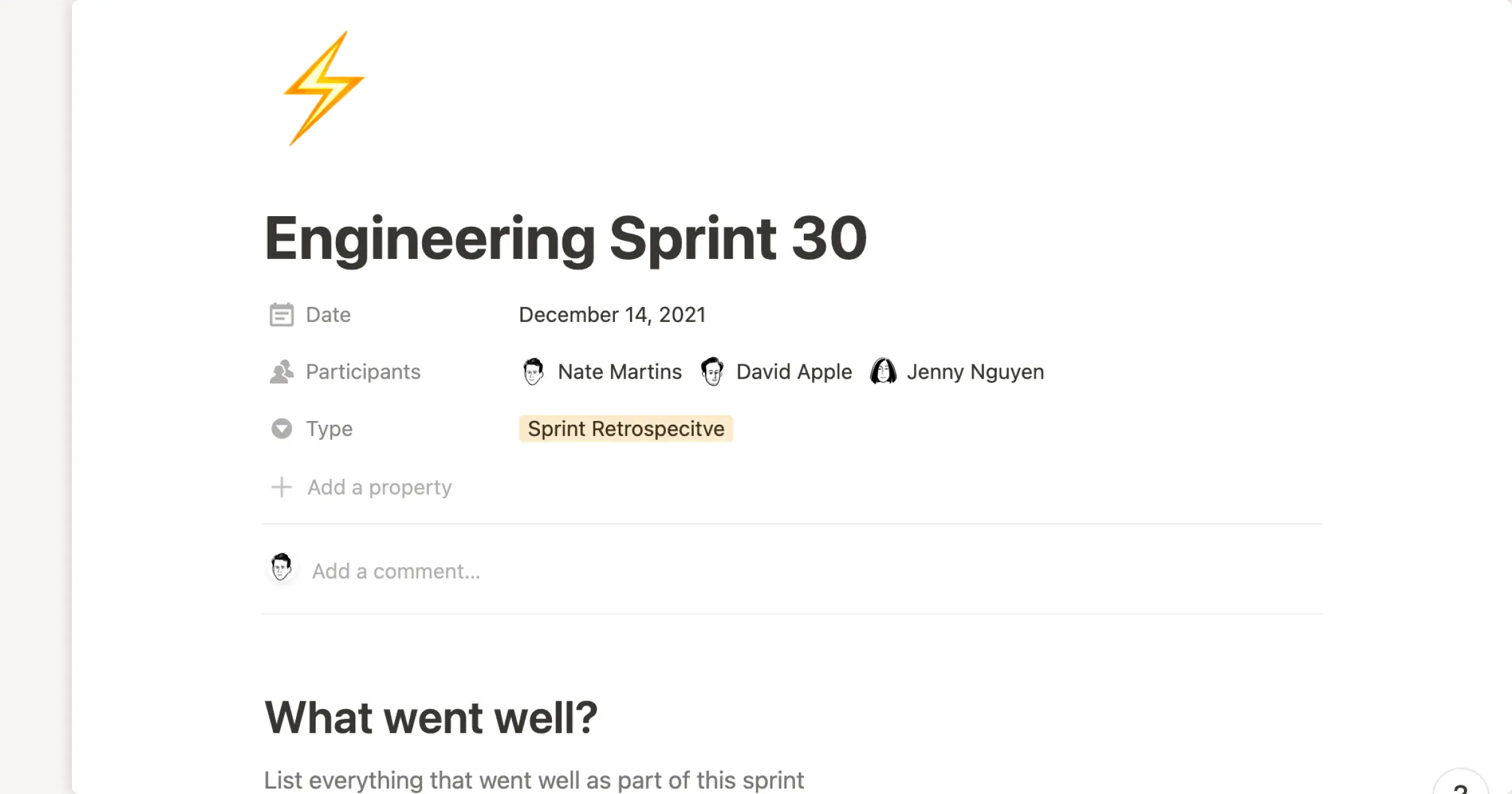Engineering projects are like long, taxing journeys. Just as a long-distance runner mentally breaks a marathon into smaller fragments to make it feel more manageable, engineers and designers similarly segment their projects.
The engineering design process helps simplify the steps of the journey, making it easier to transform ideas into reality.
With some helpful background, best practices, and actionable tips for perfecting the engineering design process, you’ll cross that finish line in no time.
What’s engineering design?
Engineering design is a structured process for conceptualizing, developing, and executing inventive solutions for various challenges. These obstacles might include complex functional requirements, resource constraints, and changing regulations. This approach to engineering provides a blueprint for turning concepts into tangible results, emphasizing methodical problem-solving and innovative design optimization.
Multiple steps guide professionals through the process, from problem identification to delivering a final, well-considered solution. Each step is integral and interconnected, ensuring a meticulous plan for creating an efficient and dependable end product.
Some engineering design process examples include:
Product design — consider the creation of a new smartphone. Engineers start with an understanding of user needs and technological constraints. They brainstorm design concepts, evaluate materials, and develop prototypes. Extensive testing ensures that the smartphone is reliable and safe to use. The outcome is a sleek, innovative device that the team’s target market loves.
Web design — when creating a website, designers plan, wireframe, and prototype. They consider visual and functional elements like layout and user experience to deliver an attractive and practical website.
Architectural design — imagine an engineering team designing a new bridge. They identify their goal: building a safe and efficient way to cross a river. The group researches materials and construction methods, brainstorms designs, and creates detailed blueprints. Through prototyping and testing, they ensure the bridge's safety and durability. The final result is a functional bridge that meets transportation needs.
Why is the engineering design process necessary?
Here are a few key reasons why an efficient and effective engineering design is paramount to reaching project success.
Quality assurance
The traditional design process emphasizes thoroughness and precision so the final product or solution meets the highest standards. Through systematic evaluation and iteration, engineers identify and correct design flaws, resulting in a superior outcome.
Cost reduction
By following the standard engineering design process, you can minimize costly errors and rework ideas. This process also involves identifying more cost-effective materials and methods, reducing overall costs.
Efficiency increase
Efficiency is at the core of the engineering design process, which supports doing more with less. The process provides a systematic approach to streamline project development. By clearly defining objectives, gathering data, and testing concepts, teams stay on the same page and complete projects more efficiently.
Creative spark
The engineering design process encourages creative thinking at every step. It challenges engineers and designers to think outside the box and break away from traditional approaches using brainstorming sessions, early conceptual designs, and contemplation of alternatives. These steps let teams generate innovative solutions that stand out in the market.
Safety
Safety is non-negotiable in engineering — it protects users and helps maintain a brand's reputation. The engineering and design process involves a comprehensive assessment of potential risks and hazards at every stage. This evaluation confirms the final product is safe for users and compliant with industry regulations.
Design within the engineering process
Design plays a pivotal role in any engineering project, acting as the bridge between imagination and reality. Here's a brief overview of design’s core phases:
Gathering information — the initial design step involves gathering information about project requirements, client needs, and constraints.
Brainstorming and conceptualizing designs — after gathering information, engineers and designers hold brainstorming sessions to ideate various options. These hypotheticals aim to meet project requirements and constraints while remaining innovative.
Outlining designs — once a team has selected a suitable conceptual design, it's time to create a detailed outline. This should include in-depth information such as dimensions, materials, and specifications, ensuring the project's feasibility and manufacturability.
Testing and prototyping — testing prototypes and simulations allows engineers to adjust and refine their designs. These models serve as tangible representations of the final product, helping identify potential issues early on.
The 11 steps of the engineering process
Engineers and designers typically take the following steps of the design process.
1. Outline the problem
Identifying the need you’re trying to meet with your project lays the groundwork for the entire design process. Define the project’s challenges, scope, and constraints to uncover a clear direction for the design efforts. You might also gather input from team members, clients, and end-users, ensuring you consider their perspectives and needs throughout the process.
2. Conduct research
Thorough research is essential to make informed decisions. Explore existing solutions, industry standards, and relevant data. A well-informed design process based on robust research guarantees choices are backed by data and industry best practices.
3. Hold a brainstorming session
Brainstorming sessions are where the creative sparks fly. Gather your team and generate various potential solutions for your identified challenges. Think beyond the expected and explore unconventional solutions. The goal is to produce a wide array of possible approaches and to create an environment where no idea is too far-fetched.
4. Determine criteria
The criteria are the standards that you’ll measure each design alternative against. Defining these aligns the team on what success looks like. Establish clear criteria for evaluating and selecting the best design, considering factors like performance, cost, and safety.
5. Establish clear next steps
With the criteria in place, outline the next steps in a process map that details the sequential actions required to move from concept to realization. Using a digital tool like Notion's design system template, you can provide your team with a roadmap to keep everyone in sync and on the right path.

6. Consider alternatives
This step involves exploring different design alternatives and approaches. By examining the pros and cons of multiple options, your team can select the most practical and effective solution, boosting the likelihood of a successful outcome.
7. Develop a proposal
Here’s where the design concept begins to take a tangible form. Based on the selected design, create a detailed proposal that includes drawings, criteria specifications, and a comprehensive implementation plan. This proposal serves as a project blueprint, guiding future design and development phases.
8. Create a prototype
A prototype is a tangible representation of the design. Making a small-scale version of your product allows for testing and refinement to ensure the final result meets expectations.
9. Test and evaluate the prototype
Testing the prototype is like a trial run for the design, enabling a hands-on assessment of its functionality, usability, and safety. This stage helps engineers and designers identify potential flaws and make adjustments before moving on to full-scale production.
10. Refine and reevaluate
After thorough testing, engineers and designers use feedback to improve the product. This iterative process ensures continuous design optimization. Each refinement round addresses identified issues and applies lessons learned from testing to enhance performance. The refinement phase may involve creating multiple iterations until the product reaches its peak functionality and quality.
11. Create the solution and communicate results
Once you’ve tested and refined the design, it's time to move forward with production and implementation. Effectively communicating the design, results, and implementation plan is essential to keep everyone involved on the same page. In this final stage, you can enjoy the realization of your idea and share accomplishments with the team.
From ideas to reality with Notion
For engineers, product designers, and managers, Notion is the perfect companion when turning innovative ideas into practical solutions.
Try Notion today and witness how it simplifies your design workflow. From organizing important information with an engineering wiki, tracking your team's schedule through an engineering dashboard, and sharing design resources, you can rely on these customizable templates to make the journey from ideas to reality smoother and more efficient.







